Arts & Sciences Magazine Spring 2018
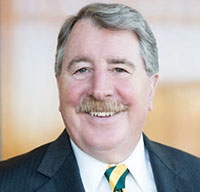
Letter from the Dean of the College of Arts and Sciences
While we have any number of outstanding male faculty members, students, and alumni who deserve recognition and are included, by and large this issue is about the women of the College of Arts and Sciences.
Read more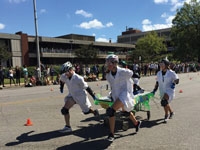
Events
Catch up with some of the big events sponsored by the College of Arts and Sciences, from Homecoming to an exhibit at AEIVA.
Read more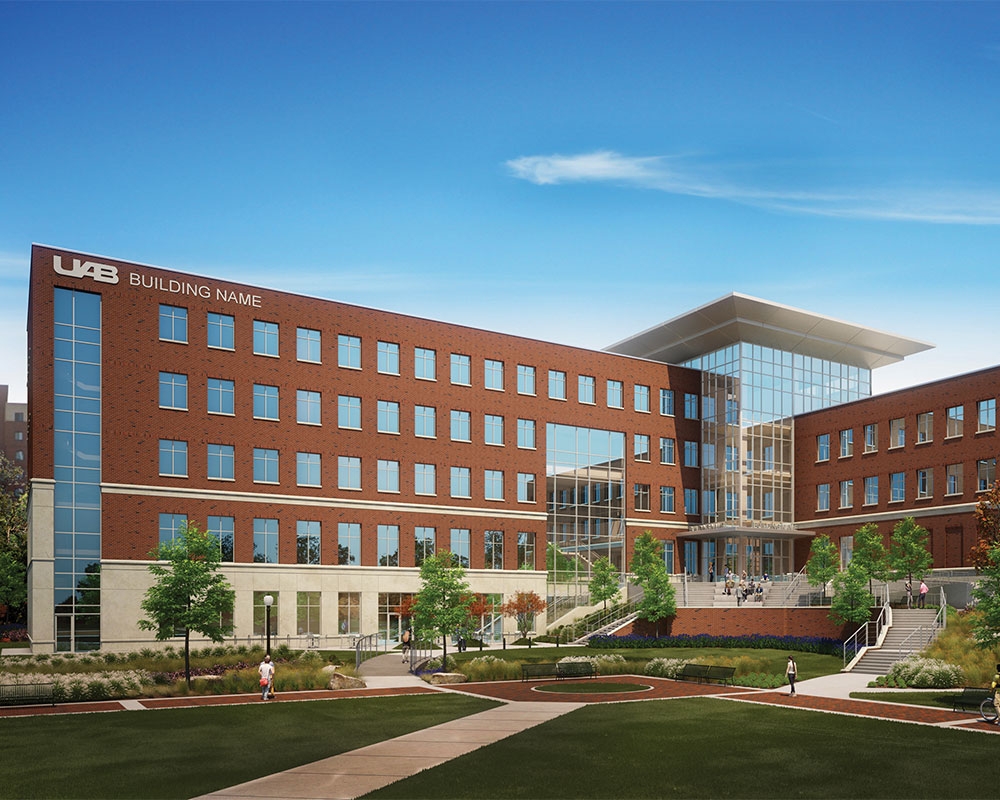
Building a Legacy
When UAB broke ground on the new Arts & Sciences Building in September 2017, the excitement was palpable. “There is no doubt that this new building will provide our campus community with a state-of-the-art facility in which they can work and learn,” said Dean Palazzo.
Read more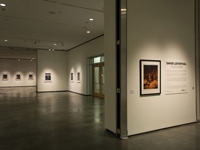
AEIVA Receives Significant Gift of Works by David Levinthal
The Abroms-Engel Institute for the Visual Arts (AEIVA) Permanent Art Collection has received a generous donation of a number of works by David Levinthal, one of the most prolific and acclaimed photographers of his generation.
Read more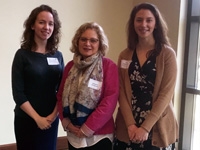
A Legacy of Love
Jeannie Feldman has established both an award and a scholarship in the Department of History to honor her late husband, Dr. Glenn A. Feldman.
Read more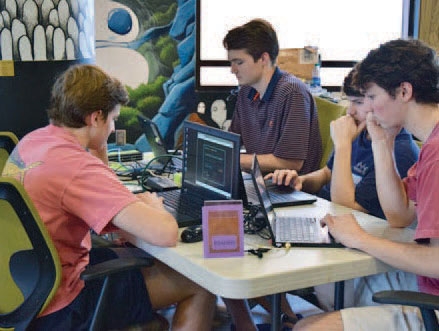
Capturing Success
Palo Alto Networks' Cyber Competition for High School Students.
Read more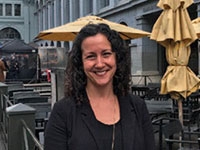
Paying it Forward
Alumna Dr. Ana Maria Crawford has created an endowed scholarship to be used to support deserving students based on merit and financial need.
Read more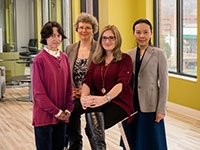
They Persisted
Despite complex social, cultural, and professional trends that keep women from academic careers in the sciences and mathematics, a small percentage of female research faculty stay the course.
Read more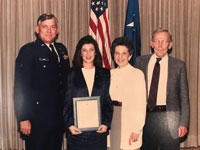
Taking a Leap
Psychology and Public Administration alumna Ann Bridges Steely says her biggest career risks brought the greatest rewards.
Read more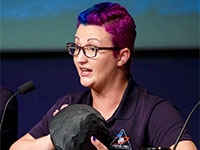
Stellar
Physics alumna Christina Richey has built a successful career in the competitive, and mostly-male, field of planetary science.
Read more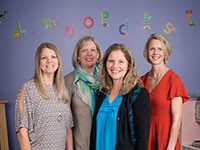
Across the Spectrum
Four female faculty members in the Department of Psychology study and treat Autism Spectrum Disorder.
Read more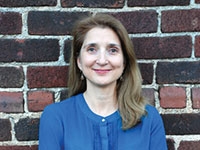
Everyone has a story
“How did you end up in Alabama?” I get that question a lot, both here and abroad. I suspect that every immigrant is frequently asked the same question out of genuine curiosity, maybe interest.
Read more